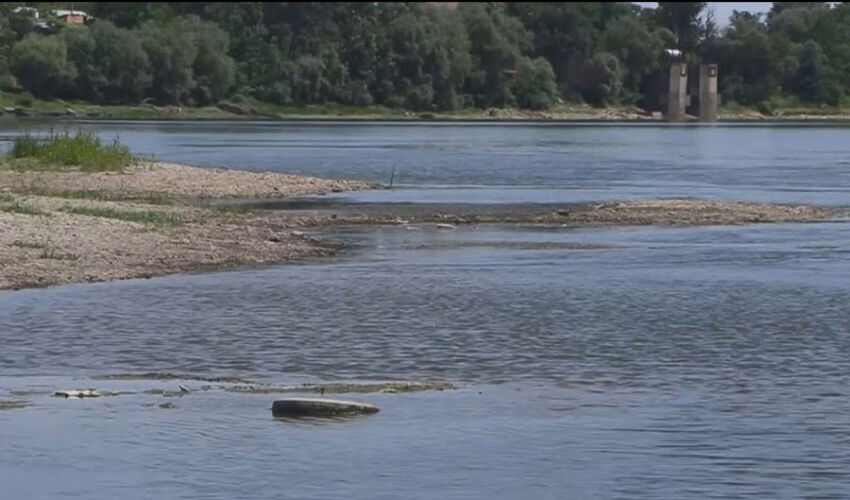
At the turn of June and July, one of the most notable problems is the decline in water levels on the main river routes used for exports, according to agricultural marketing expert Yuri Ryzha. Moldovan ports in Giurgiulesti and Ungheni are already ‘beginning to feel the hydrological effects of summer.’ Currently, barges can still carry about 5,000 tonnes of grain. But calculations show that under the current conditions of drought and low water flow on the Danube and Prut, in a month’s time the maximum load capacity of river transport risks falling to 3,000 tonnes. A reduction in one-time loading capacity automatically means an increase in the cost of transporting a tonne of cargo.
Obviously, this translates into lower purchase prices for agricultural products that traders offer to farmers. If this does not happen, exporters risk losing their competitiveness compared to other operators in regional markets.
“Added to this context is a new measure announced by the Turkish authorities: an increase in tariffs for the transit of ships through the Bosphorus Strait from 1 July 2025. The new tariff of $5.83/tonne directly affects the interests of operators using the Danube ports to access the Black Sea. For Moldova, which relies almost entirely on the river infrastructure of the Danube and the Sulina Canal, these additional costs are difficult to avoid. Meanwhile, Ukraine has the opportunity to export significant volumes of agricultural products through its seaports. Unfortunately, Moldova’s export opportunities are increasingly limited by its heavy dependence on the modest and expensive capabilities of its transport infrastructure,” the expert concludes.













